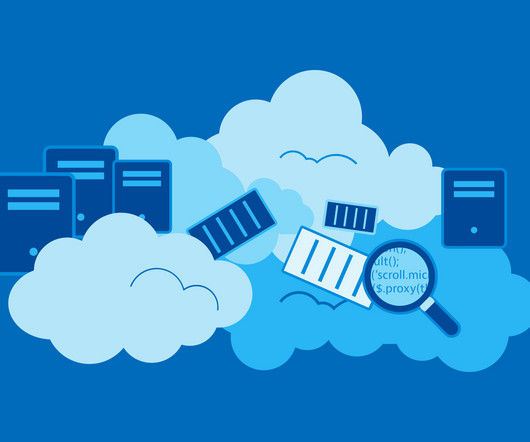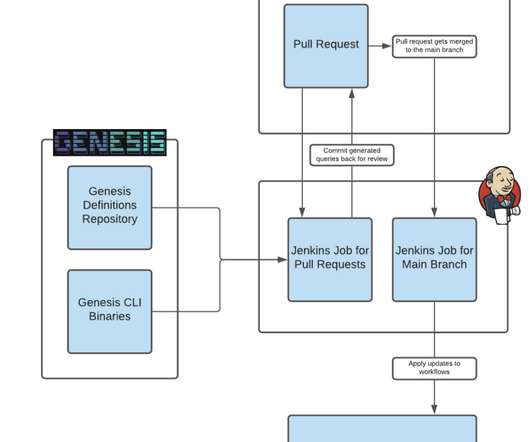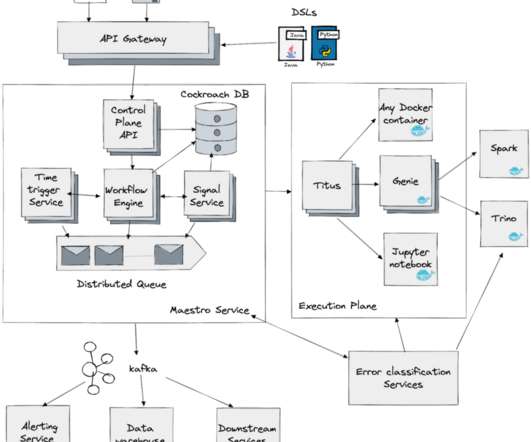A Recap of the Data Engineering Open Forum at Netflix
The Netflix TechBlog
JUNE 20, 2024
To address this, we propose developing an intelligent agent that can automatically discover, map, and query all data within an enterprise. This “Enterprise Data Model/Architect Agent” employs generative AI techniques for autonomous enterprise data modeling and architecture. Until next time!
















Let's personalize your content